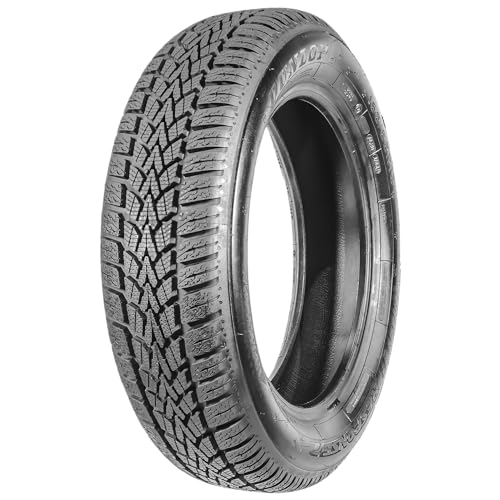Run Flat Tyres 185/45 R15
Our online store offers a wide selection of high-quality run flat tyres in the size of 185/45 R15. These tyres are designed to keep you safe on the road, even in the event of a puncture. Choose from top brands and enjoy the convenience of shopping from home.
Overview of Our Run Flat Tyres 185/45 R15
Products are affiliate links to Amazon.co.uk
Everything You Need to Know About Run Flat Tyres 185/45 R15
Introduction
Run flat tyres are a type of tyre that is designed to allow you to continue driving even after a puncture, instead of leaving you stranded on the side of the road. The 185/45 R15 size is a popular size for many vehicles, and run flat technology is available in this size as well. In this article, we’ll explore everything you need to know about run flat tyres in the 185/45 R15 size.
What are Run Flat Tyres?
Run flat tyres are designed to be able to continue driving for a limited distance even after a puncture. This is accomplished through the use of reinforced sidewalls that are able to support the weight of the vehicle even after the air pressure has been lost. Run flat tyres come in different types, such as self-supporting, self-sealing, and auxiliary-supported.
Advantages of Run Flat Tyres
- Increased safety: Run flat tyres allow you to continue driving to a safe location instead of being stranded on the side of the road.
- Convenience: You don’t have to change the tyre immediately after a puncture.
- Less weight: With run flat tyres, you don’t need to carry a spare tyre and jack, which can reduce the weight of the vehicle.
Disadvantages of Run Flat Tyres
- Cost: Run flat tyres can be more expensive than regular tyres.
- Ride quality: Run flat tyres can provide a harsher ride due to the reinforced sidewalls.
- Repairability: If a run flat tyre is damaged, it may not be repairable and will need to be replaced.
Conclusion
If you’re considering run flat tyres in the 185/45 R15 size, it’s important to weigh the advantages and disadvantages to determine if they’re right for you. While they can provide increased safety and convenience, they can also be more expensive and provide a harsher ride. Ultimately, the decision comes down to your personal preferences and driving needs.










